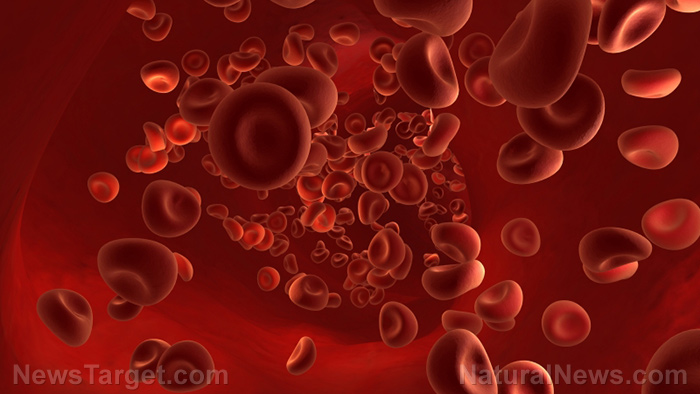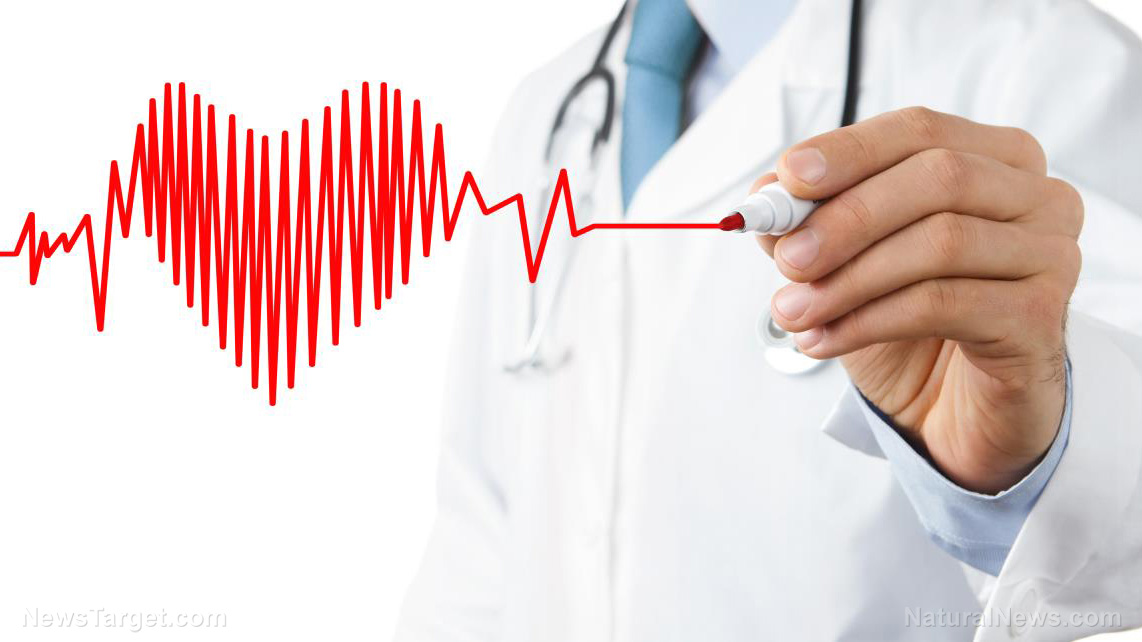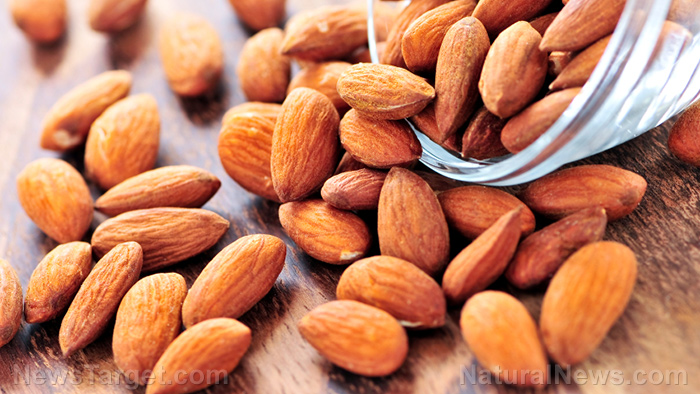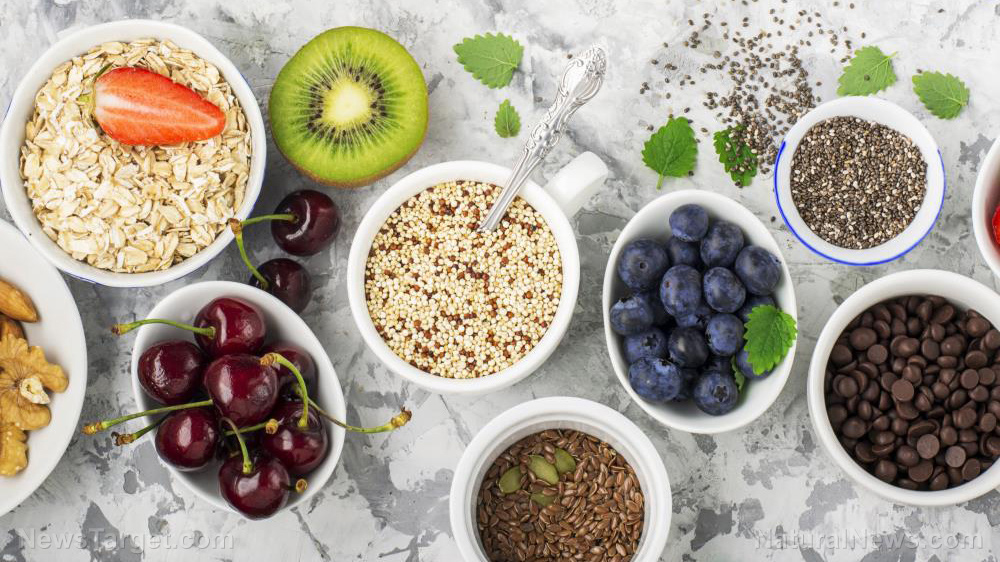Scientists have discovered that the body’s mechanism for ensuring oxygen supply to tissues may be compromised by high blood pressure
02/08/2019 / By Jessica Dolores

Scientists have discovered that the body’s mechanism for ensuring oxygen supply to tissues may be compromised by high blood pressure.
Say “oxygen” and your mind thinks of happy moments. People are exercising to their hearts’ content. They’re sniffing fresh, clean air, and getting life-giving oxygen from the air into their heart and other important organs of their body. Nothing comes in the way between their body and the entry of the all-important oxygen that keeps them alert, and their muscles strong. They’re active, and ready to face the world in their own terms.
What happens when the reverse is true?
People who can’t get enough oxygen into their body are a sorry sight to see. They huff and puff as they climb stairs, or even walk a few steps. Some feel shortness of breath when they’re just sitting in front of the television or surfing the Internet.
Chances are, these people are hypertensive.
They can’t get enough oxygen from the air, or other sources because their blood vessels are weak. They have hypoxemia, or a low level of oxygen. Their heart is working overtime, to protect body tissues and organs. So they easily get tired.
A research team at Fluminense Federal University and the University of Copenhagen discovered that the body doesn’t increase the blood flow to organs and tissue in middle-aged men with hypertension. Because of this, their brain and skeletal muscles have an inadequate oxygen supply. The study showed that weak blood vessels and “increases in neural signals from the hypoxic brain to the circulation” could have brought about this problem.
The study is important since it explains why hypertensive people are short on oxygen.
Low oxygen level is just one of the many issues hypertensive people must face, though. Other challenges that can develop include:
- Damaged, narrowed arteries — Fats that enter the bloodstream can lodge in damaged arteries. This limits the flow of blood in the body.
- Aneurysm — Constant pressure of the blood in the narrowed arteries can enlarge a section of its wall and form a bulge. This can rapture and cause potentially fatal internal bleeding.
- Coronary artery disease — This disease keeps blood from flowing into the heart.
- Enlarged left heart — The left ventricle thickens or stiffens, thus making it unable to pump blood into the body. This leads to heart attack, heart failure, and even sudden death.
- Heart failure — The heart muscle weakens and can’t do its job at all. Overwhelmed, the heart wears out and fails totally. A heart attack makes matters worse.
- Brain damage — Lack of oxygen in the brain leads to a mini-stroke or a transient ischemic attack, stroke, dementia, and mild cognitive impairment.
- Kidney failure, scarring and artery aneurysm due to injury to the blood vessels leading to the kidneys.
Scary? Yes. But preventable.
Here’s how:
- Keep your weight down and reduce your waistline measurements. Obesity and excess weight raises blood pressure. So, too, does too much fat around the waist.
- Exercise regularly. A minimum of 30 minutes a day can significantly decrease blood pressure.
- Stick to a healthy diet. Eating lots of whole grains, fruits, vegetables and low-fat dairy, and striking saturated and fat cholesterol off tour diet lowers blood pressure.
- Decrease sodium intake. This leads to a two to eight mm HG drop in blood pressure.
- Go easy on alcohol. Excess drinking raises blood pressure levels.
Sources include:
Tagged Under: cardiovascular health, chest pain, heart health, high blood pressure, hypertension, irregular heart rhythm, oxygen, oxygen supply


















